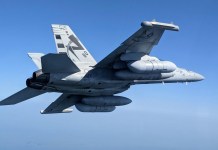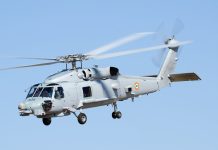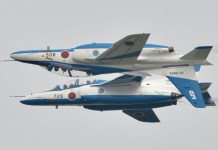India’s Tejas Light Combat Aircraft (LCA) and the Chinese-Pakistani JF-17 have long been long speculated to be in the race for Malaysia’s new fighter jet contract. However, there’s more to it than meets the eye.
World’s ‘Most Dangerous’ Stealth Fighter Jet – Why F-35 Lightning II Easily Beats F-22 Raptor, J-20 & Su-57 In Lethality?
A recent study by Research & Markets listed Tejas and JF-17 ‘Thunder’ as two of the top light fighter jets available in the global export market. Independent experts also told The EurAsian Times the two aircraft as the most economically viable option for developing nations.
However, both have their share of controversies as well. While India’s homegrown jet has been stuck in development problems, the JF-17 found itself in the middle of a global misinformation scandal.
Tejas Vs Thunder
The Tejas is a single-engine, fourth-generation, light combat aircraft developed by India’s state-owned Hindustan Aeronautics Limited (HAL). The aircraft has been designed by the Aeronautical Development Agency (ADA) in collaboration with HAL’s Aircraft Research and Design Centre (ARDC) for the Indian armed forces.
South Korean F-35 Stealth Aircraft Make First Public Appearance At Defense Expo Amid Regional Tensions
Armed With Unmanned Turret, T-14 Armata Tank One Step Closer To Induction By Russian Military
Tejas has been showcased as a major milestone in Prime Minister Narendra Modi’s ‘Make in India’ initiative. The aircraft entered service with the Indian Air Force in July 2016. The fighter jet is equipped with an array of advanced avionics and weapon systems.
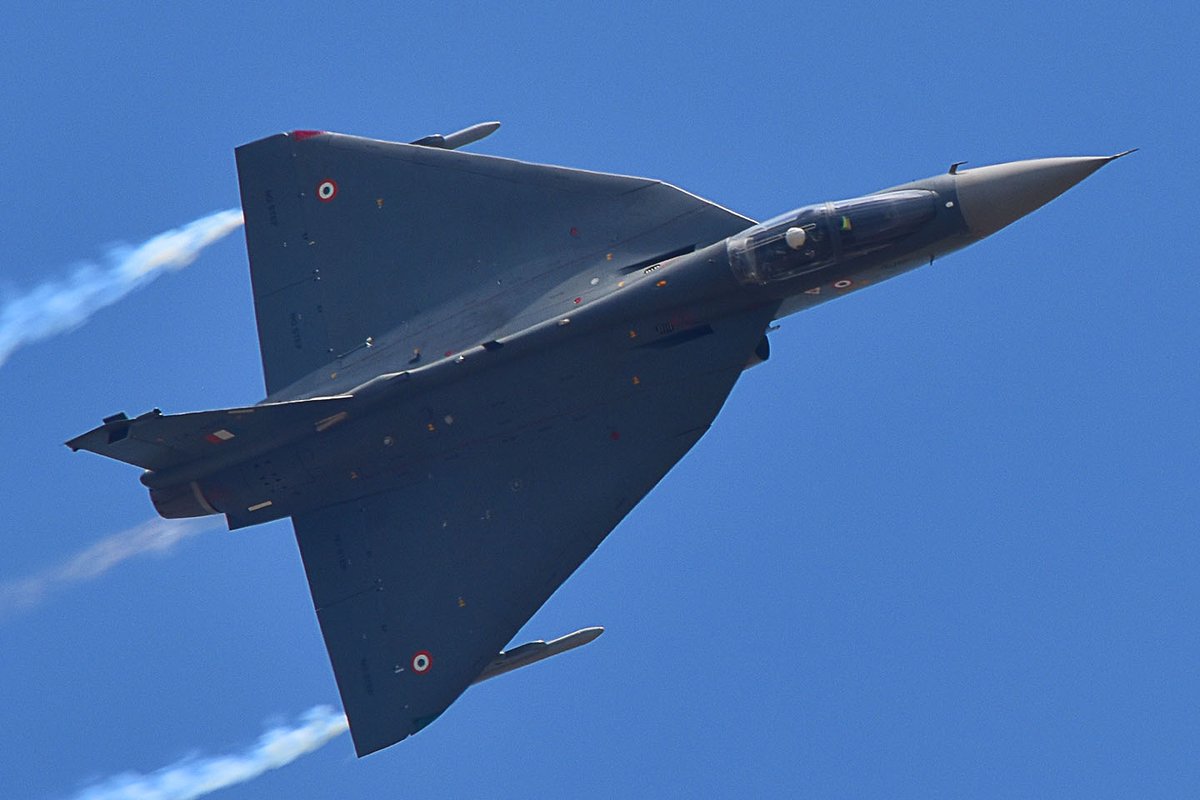
HAL is developing upgraded variants of the Tejas LCA such as the Tejas Mk-1A and Tejas Mk-2. Earlier this year, India’s Ministry of Defense (MoD) awarded a Rs 48,000-crore contract to HAL for the supply of 83 new Tejas Mk-1A fighter jets.
This deal made HAL confident about the fighter jet’s export potential. However, The EurAsian Times had previously analyzed the challenges Tejas faces in terms of foreign sales.
The JF-17, on the other hand, is a medium-sized multi-role fighter aircraft jointly developed by China’s Chengdu Aircraft Corporation (CAC) and Pakistan Aeronautical Complex (PAC) to meet the airpower requirements of the Pakistan Air Force.
China Says Its New ASAT Missile Can Not Only ‘Melt Down’ Enemy Satellites But Also Capture Them In Orbit
The fighter jet comes with both single and twin-seat variants and sports an overall length of 14.9 meters. The aircraft is 4.77m tall and 9.45m wide and has a wing area of 24.4m². The JF-17 has an empty weight of 6,441 kg, a maximum take-off weight (MTOW) of 12,700kg, a loaded weight of 9,100kg, and a maximum landing weight of 7,802kg. The aircraft’s fuel weight is 2,268kg.
The JF-17 is powered by a Klimov RD-93 turbofan engine or WS-13 turbofan engine with a dry thrust capacity of 49.4 Kilonewton while its thrust afterburner is 84.4kN. The fighter jet can cruise at a maximum speed of 2,205 kilometers per hour and has a ferry range of 3,480km, an operational radius of 1,352km, and boasts a service ceiling of 16,920m.

The jet is armed with 1 x 2 mm GSh-23-2 twin-barrel cannon guns, 57mm, 90mm unguided rocket pods, short-range, AIM-9L/M, PL-5E, PL-9C, and beyond visual range (BVR) PL-12/SD-10 air-to-air missiles. The aircraft also comes armed with a slew of anti-surface missiles like the MAR-1 anti-radiation missile, AM-39 Exocet anti-ship missile, and Ra’ad ALCM cruise missile.
The JF-17 took its maiden flight in 2003 and formally entered into service in 2007. The first operational fighter fleet was the Black Spider squadron which saw the induction of 14 JF-17s in 2010. The prototype for the Block III variant completed its maiden flight last year.
Controversy Surrounding JF-17
JF-17s have been delivered to Nigeria and there are also talks with Fuerza Aérea Argentina (FAA) or the Argentia’s air force regarding the aircraft. Last month, the JF-17 was in the news after Pakistan Strategic Forum (PSF), an Islamabad-based think tank, ran a misinformation campaign suggesting that Argentina has decided to buy this aircraft.
“The Government of the Argentine Republic has officially included funding for the purchase of 12 PAC JF-17 A Block III fighters in a draft budget for 2022 presented to Argentina’s Parliament. The funding requests $664 million for the purchase of 12 JF-17s from Pakistan. The Argentine Air Force has chosen Pakistan’s JF-17 Thunder, discarding offers from Russia, the USA, and India,” PSF said.
The Pakistani Consulate General in Jeddah later tweeted – “Argentina has officially earmarked $664 million in its next year’s budget for the purchase of 12 JF-17 Block-III fighter jets from Pakistan”.
Chinese J-10, Indian Mirage Fighter Jet Crashes, Netizens Mock Indian Air Force’s Poor Capabilities
However, Argentina’s Defense Ministry dismissed these reports. It said – “the Defense Ministry informs that, by means of Public Credit Operations Authorization note, it has requested the inclusion of the authorization to manage a credit of up to $664 million for the acquisition of multipurpose fighter aircraft for the surveillance and control of airspace into the 2022 budget”.
“Likewise, the Ministry clarifies that it has not issued a decision to purchase a supersonic aircraft of any origin and is in the stage of technical-economic and financial evaluation of five alternatives”, it added.
Tejas — A Key Contender
The Indian LCA Tejas has also been projected as a key contender in the ongoing Argentine fighter jet deal, however, it is yet to be officially confirmed.
“We have several offers, there is the Chinese JF-17, the Russian MIG-35 and MIG-29. While we do not have any specific offer from the United States, we do know that they are preparing one. We also had a rapprochement with India, which is wanting to offer us the Tejas but we are just in the first talks,” Brigadier Xavier Julian Isaac, FAA chief, had told Infodefensa, a Spanish language website.
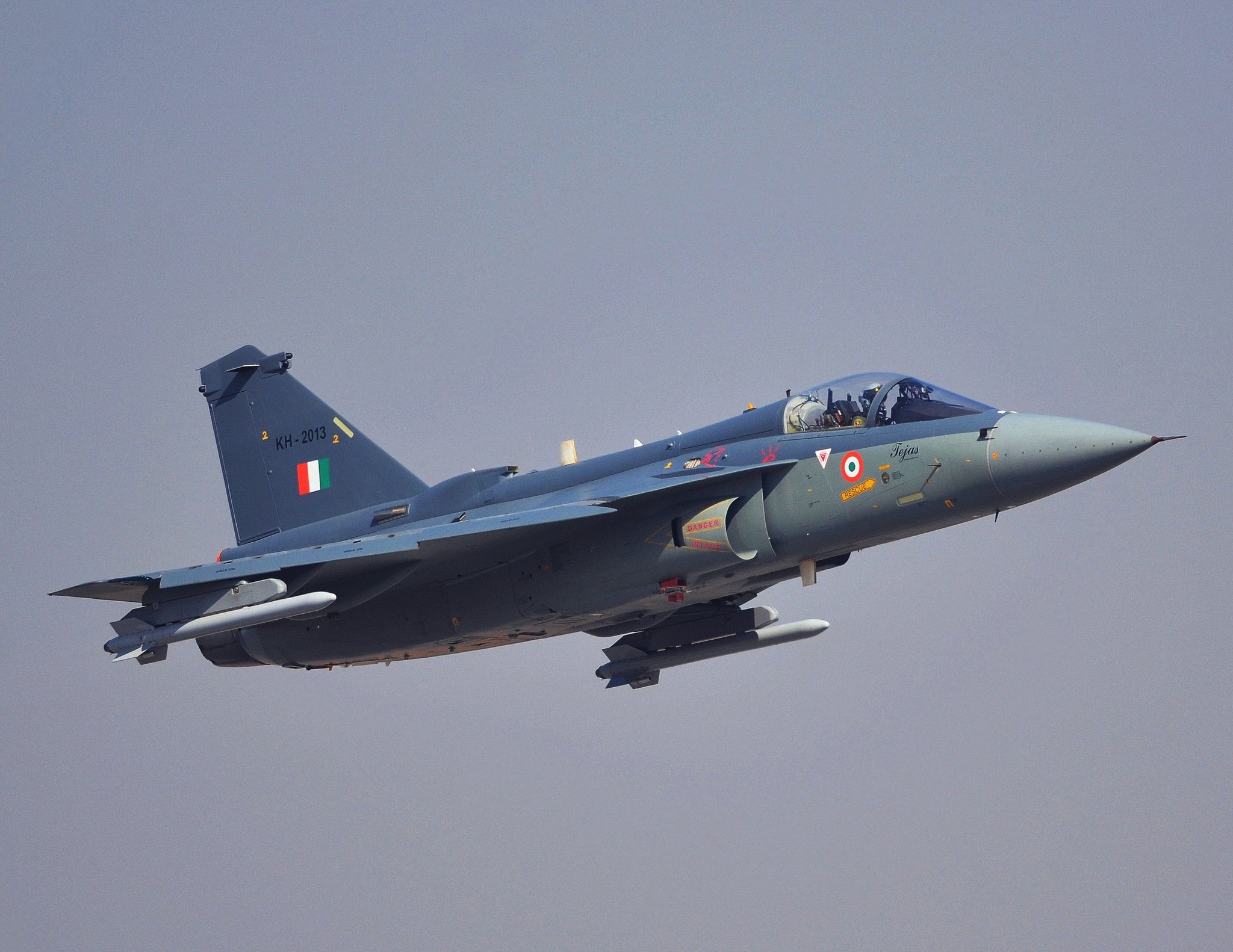
Professor Juan Battaleme, a defense analyst, told FE Online, “If Tejas is preferred by FAA, it will help in promoting ties between the two countries and could be a bridge to reinforce ties with the West that India has and with Russia too.”
JF-17 Out Of Race, HAL Tejas Top Choice?
Malaysian media reported that the Royal Malaysian Air Force (RMAF) received six bids in response to its light combat aircraft (LCA) tender. Interestingly, while India’s Tejas figures in the list, the JF-17 has not been named. The latter was long rumored to be a key contender in the Malaysian LCA race.
As China Goes ‘Ballistic’, Why Its Tiltrotor Helicopter Plan Can Be A Big Boon For Rivals US, Taiwan And Japan?
The Edge Markets, a Malaysian business news portal, reported that nine companies acquired the RFP (request for proposal) was in July, and six bids were received by the closing date on October 6.
The interested bidders, according to The Edge Markets, are — Korea Aerospace Industries (KAI) FA 50; Turkey Aerospace Industries’ Hürjet; China National Aero-Technology Import & Export Corp’s (Catic) L-15 fighter jet; Italy’s Leonardo M-346 planes; India’s HAL Tejas, and Russian MIG 35.
Malaysia’s LCA tender was announced in June this year. It was seen in response to mounting geopolitical tensions in the region, linked to China’s aggressive posture.

RMAF currently employs its Sukhoi Su-30 MKM and the Boeing F/A-18 fighter to defend its airspace. The service also uses BAE Hawk advanced trainer for air defense and air denial.
Eighteen new aircraft are to be procured as part of the contract with the option to include another 18 in the future. The first eight aircraft to be procured are meant for the RMAF’s training purposes. The next 10 will be deployed for operational use performing both air-to-ground and air-to-air missions.
Rafale Marine Fighter Jets Prepare For Indian Navy Evaluation; One ‘Small Drawback’ Could Hamper Its Prospects
It has been reported that the RMAF’s LCA requirements include aerial refueling, beyond-visual-range (BVR) combat, and supersonic flight capabilities. The contract stipulates that 30% of the aircraft’s parts are to be indigenously produced in Malaysia. Deliveries are to commence within 36 months since the contract is signed.
It is unclear why JF-17 did not participate in the tender, but the original closing date was Sept 22 which was extended to Oct 6. If all goes as planned, the winning bidder could be announced by April next year, the report says.
The report further adds – Hindustan Aeronautics (HAL) is willing to set up an MRO (Maintenance, Repair, and Operations) facility in Malaysia if awarded the contract. It is unclear if the other bidders are also contemplating doing so.
There is a likelihood that the bidding will get aggressive soon and China, for instance, could come up with very enticing offers in terms of financing and technology transfer. However, recent aerial incursions by 16 Chinese military jets into Malaysian airspace could hamper Beijing’s bid.
Meanwhile, HAL Tejas is believed to have met all the necessary specifications. If it is successful, Malaysia will be its first external market of Indian Tejas aircraft, the report adds.
- Aritra Banerjee is a defense journalist who has worked in both online and print media. He has laid an emphasis on issues related to military human resources, tactical psychology, military-media relations, professional military education, and combat fitness. He can be reached on email: aritrareporter@gmail.com.
- Follow EurAsian Times on Google News

